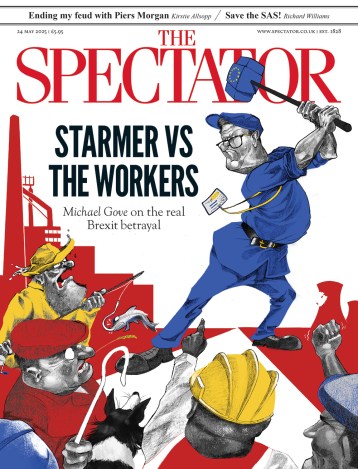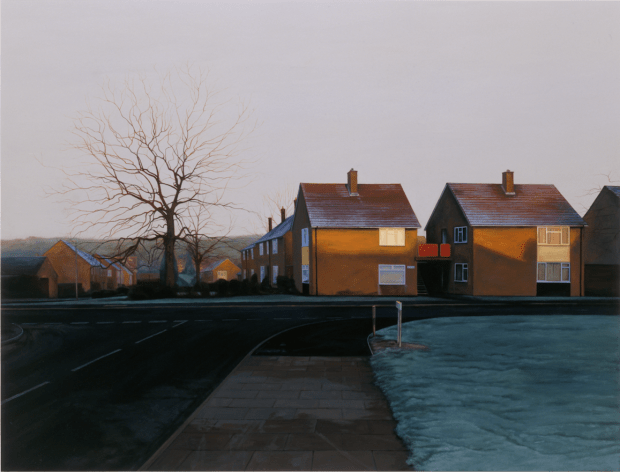Art is aspiring; hungry; acutely aware of what it could become, and of what it could lack; longs for safety and reaches out in speculative attempts to do something new; exists on the outer edges of lives, looking inwards with hopes, some day, to be more essential. Art, literature and music are, in short, suburbs to the grands projets of our lives at their most significant.
Over the next year the Architecture Foundation will present new films, walks, talks and another instalment of the Doughnut Festival, to contemplate the transformation of London’s outer ring. It’s an interesting moment. The capital is not physically expanding, but the relationship between inner and outer is significantly altering and will go on altering. Pretty well the whole of central London is in the process of gentrification, or, worse, of speculative development of areas not meant to be lived in. The impacts have been extraordinary, and not intended. The huge new developments between Chelsea Bridge and Vauxhall Bridge, between MI6 and Battersea Power Station, have largely been sold to absentee investors, and what was derelict is now shiny, but just as empty of people. (Go to the large new Waitrose on Nine Elms Lane on a Saturday, and ask yourself, as you walk the vacant aisles, whether this is really a supermarket surrounded by thousands of new flats in the most crowded city in Europe.)
Where the ageing housing stock in central London holds less appeal for the overseas investor, the wealthy have nevertheless driven out existing communities. The old West Indians who lived in Clapham, Stockwell and Brixton have woken up to the gold mine of a terraced house in SW9, SW4 or even SW2; their children, less concerned with living within their own ethnic group for safety, have dispersed across zones four and five and even the Home Counties; the same is true for the Bengalis who lived around Brick Lane, their prosperous children now ensconced in Wimbledon or Hendon with half an acre of garden.







Comments
Join the debate for just $5 for 3 months
Be part of the conversation with other Spectator readers by getting your first three months for $5.
UNLOCK ACCESS Just $5 for 3 monthsAlready a subscriber? Log in